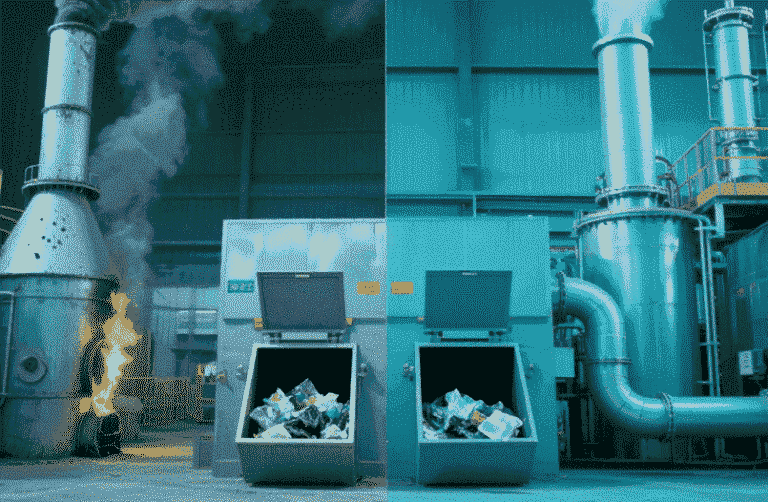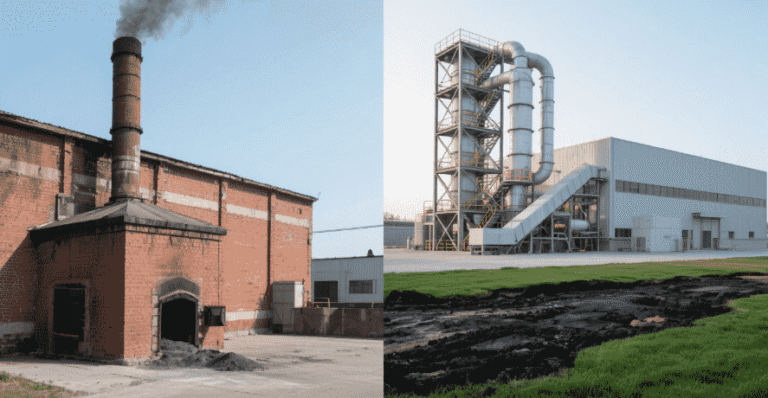Welcome to My Blog! 🌟
I’m so glad you’re here! Before we jump into the exciting content, I’d love for you to connect with me on my social media platforms. It’s where I share extra insights, interact with our amazing community, and post regular updates. Here’s how you can join the conversation:
📘 Facebook: Follow me on Facebook for more updates
Now, let’s dive into the journey ahead. I hope you find everything here both engaging and valuable. Together, let’s explore, learn, and grow! 🚀
Table of Contents
Introduction
A waste incineration facility plays a vital role in modern waste management by turning municipal solid waste into energy and reducing landfill volume. While it offers a sustainable alternative to traditional disposal methods, a waste incineration facility can face serious issues if mismanaged.
This blog highlights five major waste incineration facility failures worldwide. These cases reveal how financial problems, environmental violations, and poor oversight can turn promising projects into cautionary tales. Each example offers key lessons for future waste infrastructure planning and operation.
NO 1. Harrisburg Incinerator: Financial Collapse and Environmental Concerns
Harrisburg, Pennsylvania, once invested heavily in a waste incineration facility, aiming to reduce landfill use and generate electricity. However, outdated technology and high emissions quickly led to regulatory penalties. Operating costs soared, and the city fell deep into debt, eventually filing for bankruptcy in 2011—years after the facility had shut down. This case illustrates how a poorly planned waste incineration facility can become an economic and environmental liability instead of an asset.
NO 2. Curtis Bay Energy: Public Health Risks
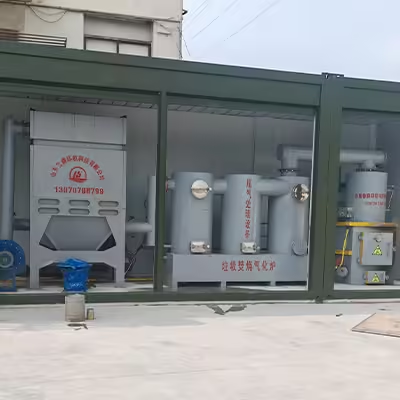
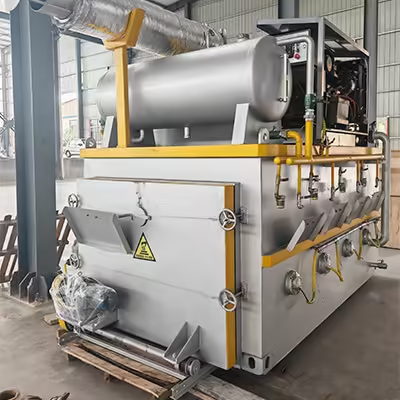
Curtis Bay Energy, located in Baltimore, Maryland, is one of the most well-known medical waste incineration facilities in the United States. As a critical component of the nation’s hazardous waste infrastructure, it processes millions of pounds of medical waste each year. Despite its importance, the facility has come under repeated scrutiny for its environmental performance and its effects on public health.
Over time, residents living in neighborhoods adjacent to the waste incineration facility began reporting chronic respiratory problems, unusual odors, and a general decline in air quality. Health assessments conducted by local universities and environmental organizations confirmed that emissions from the facility included harmful substances like mercury, lead, nitrogen oxides, and dioxins. These pollutants are associated with serious long-term health risks, including cancer, asthma, and developmental disorders in children.
The situation escalated when regulatory agencies discovered that the facility had failed to maintain its pollution control systems properly. Curtis Bay Energy was found to be incinerating waste at temperatures too low to destroy toxic compounds, which were then released into the atmosphere. In 2023, the Environmental Protection Agency imposed a $1.75 million fine for repeated violations of air quality standards and poor facility maintenance.
Beyond financial penalties, the waste incineration facility faced mounting pressure from the community and environmental watchdogs. Protests erupted, calling for stricter monitoring and, in some cases, the decommissioning of the facility. Residents and health experts demanded a thorough reevaluation of how medical waste is processed and whether such facilities should be allowed to operate near densely populated urban centers.
Curtis Bay Energy’s history underscores the crucial importance of strict environmental oversight, especially for waste incineration facilities handling toxic and biohazardous materials. It also serves as a wake-up call for policymakers to balance the need for waste disposal infrastructure with the health and well-being of surrounding communities.
NO 3. Albanian Incinerators Scandal: Corruption and Mismanagement
Albania’s plan to construct waste incineration facilities in Elbasan, Fier, and Tirana collapsed under the weight of corruption. Contracts were awarded without transparency, funds were misused, and the facilities were either incomplete or non-operational. The scandal exposed the risk of poor governance and lack of oversight in public-private waste incineration facility projects, leaving cities without proper waste solutions and taxpayers burdened.
NO 4. UK Pension Fund Losses: Investment Pitfalls
In the United Kingdom, a series of investments in waste incineration facilities turned sour for several major pension funds, revealing the financial vulnerabilities of complex infrastructure projects. Facilities in towns such as Hull, Boston, and Barry were promoted as next-generation waste-to-energy plants. Their backers promised both environmental benefits and stable financial returns.
These projects attracted hundreds of millions in funding from pension schemes looking for low-risk, long-term investments. Unfortunately, the planning and execution of these waste incineration facilities were riddled with challenges from the start. Construction delays, cost overruns, and technical miscalculations meant that the facilities were never completed on time—or to the necessary specification.
In 2023, it was reported that a leading UK pension fund had incurred losses exceeding £350 million due to these failed ventures. Some of the companies involved went into administration, and a significant portion of the capital invested was written off. Investors were left with incomplete or non-functional facilities, and the anticipated returns evaporated.
The fallout from these failed waste incineration facility projects raised urgent questions about investment due diligence and risk management. Many of the investors had relied heavily on projections that failed to account for regulatory hurdles, environmental permitting, or local opposition. Moreover, the technical complexity of running a successful waste incineration facility—especially those involving mixed waste streams—was underestimated.
This situation highlights the need for more cautious, informed investment strategies in public infrastructure. While waste incineration facilities can be profitable and beneficial, they must be backed by competent management, realistic financial models, and full regulatory compliance. Without these elements, even the most well-intentioned projects can turn into financial disasters.
NO 5. Jinkanpo Atsugi Incinerator: Health Hazards
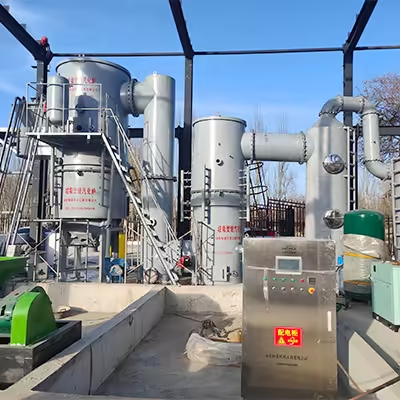
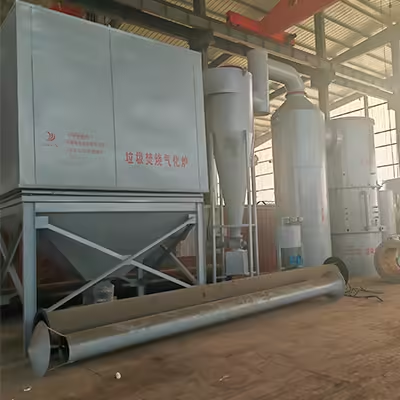
The Jinkanpo Atsugi waste incineration facility in Japan emitted hazardous pollutants near a U.S. naval base and residential areas. Reports of illness among residents and military personnel triggered international concern. The incinerator was eventually shut down in 2001 due to pressure from health authorities and local protests. The case highlights how poor site selection and inadequate oversight of a waste incineration facility can pose serious health risks.
Comparative Overview of Failures
| Facility | Location | Key Issues | Consequences |
|---|---|---|---|
| Harrisburg Incinerator | Pennsylvania, USA | Financial mismanagement, pollution | City bankruptcy, facility closure |
| Curtis Bay Energy | Baltimore, USA | Improper waste handling | Legal fines, public health risks |
| Albanian Incinerators | Albania | Corruption, incomplete projects | Financial losses, legal action |
| UK Waste Plants | UK | Operational failures, financial losses | Pension fund deficits, plant closures |
| Jinkanpo Atsugi Incinerator | Japan | Toxic emissions, health issues | Facility shutdown, health investigations |
Conclusion
These five case studies serve as cautionary examples of what can go wrong in the development and operation of waste incineration facilities. Whether due to financial mismanagement, environmental negligence, or outright corruption, the consequences of failure are profound and far-reaching.
For policymakers, investors, and engineers involved in the waste management sector, these failures emphasize the importance of proper planning, transparent governance, robust regulatory frameworks, and community engagement. Only with these components in place can future waste incineration projects achieve their goals safely, efficiently, and sustainably.
FAQ
What are common causes of waste incineration facility failures?
Common causes of waste incineration facility failures include financial issues, environmental violations, and poor technical management.
How can communities ensure the safe operation of waste incineration facilities?
Communities can demand regular environmental monitoring, insist on transparency in project funding, and stay informed about facility operations.
Are waste incineration facilities always harmful?
A properly managed waste incineration facility can reduce landfill use and generate energy without being harmful.
What steps can governments take to avoid future failures?
Governments must enforce regulations and oversee each waste incineration facility with audits and public participation.
What are alternatives to waste incineration?
Alternatives include recycling, composting, anaerobic digestion, and reducing waste at the source—all of which are more sustainable in many cases.



